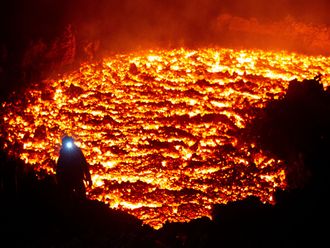
London: It was a half minute that might have saved the world's largest passenger liner and nearly 1,500 lives. When the officer in charge of the ‘Titanic' was warned that an iceberg had been spotted in its path, he waited 30 seconds before changing course, a study has concluded.
Had William Murdoch taken action immediately, the liner and 1,496 lives might well have been saved. The finding comes from a study for the centenary of the disaster next year. Investigators reappraised the 1912 Wreck Commission inquiry in light of research and evidence that has emerged since.
The conclusion overturns the original verdict, which found that Murdoch, the first officer, steered away immediately but could not avert catastrophe because the iceberg had been spotted too late. Researchers believe the reason that Murdoch hesitated before giving the order "hard a starboard" was that he thought the Titanic might be able to pass by the hazard, and that if he altered direction he might increase the risk to the ship by swinging its stern towards the obstacle.
Warning
According to the 1912 findings, the iceberg was sighted about 1,500 feet ahead of the ship and the collision followed 37 seconds later. The inquiry found that the ship's course was altered "almost instantaneously" after the lookout rang a bell three times — the warning to signify an obstacle straight ahead — and telephoned the bridge to say an iceberg had been spotted.
This has been the accepted version of events. However, the latest research establishes that the iceberg was spotted when 2,000 feet away, almost a minute before the impact, and that the ship held its course for around half of that time.
— The Telegraph Group Limited, London 2011












